Lisa Jarvis: A new gene therapy for deafness looks promising
Published in Op Eds
On her mother’s instruction, a toddler gives her pink stuffed horse, Snap Snap, a big cuddle. Then, as told, she plants a kiss on his soft fur and, because he’s hungry, feeds him a pretend bowl of food.
This scene is at once adorable and a remarkable feat of science. Born with a rare form of congenital deafness, the toddler received a gene therapy developed by Regeneron Pharmaceuticals Inc. when she was 10 months old. Less than a year later, she could hear whispers — and, of course, her mom’s voice.
Her experience is detailed in a new study published in the New England Journal of Medicine. It offers a glimpse into a near future where modern medicine might allow children born with this rare form of congenital deafness to hear.
The trial was small — just 12 children were treated in one or both ears — but it offers important lessons for researchers about the potential of Regeneron’s gene therapy. Even more encouraging, its findings, along with those from other early gene-therapy trials, point toward a future when more children (and maybe, in time, adults as well) can experience their own small miracles of science.
All of the children in the trial have a rare mutation in the instructions for making a protein called otoferlin, which helps sensory cells in the cochlea communicate with the brain. They were all born with profound deafness, meaning they couldn’t detect even the roar of a gas-powered lawn mower. Regeneron’s treatment aims to correct that by delivering genetic instructions for making a functional version of the protein directly into the inner ear.
Six months after treatment, three children had achieved hearing in the normal range, meaning they were able to hear very soft sounds, like a whisper. Six others showed improvement that allowed them to hear soft speech — think conversational tones without an assistive device. All nine of those children had hearing improvements significant enough to make cochlear implants unnecessary, says Jonathon Whitton, head of Regeneron’s global auditory program.
Researchers followed eight of the 12 children enrolled in the study for another six months and found that their hearing either stabilized or continued to improve in most cases. In fact, one of the three children who still needed a cochlear implant at 24 weeks could hear in the near-normal range by 48 weeks, Whitton says.
While the ability to hear a whisper is remarkable, the more essential question is whether the children could understand what was being said. The reports of children being able to distinguish between similar-sounding words and recognizing speech in noisy environments were the most exciting part of the paper for Nancy Young, who founded the Lurie Children's Cochlear Implant program.
Because most of the children in the trial were toddlers when they received the therapy, their language skills are still developing. But Young says they so far appear to be acquiring spoken language in a way that is similar to children who receive cochlear implants. Yet unlike with implants, the gene therapy provides children with hearing that is always “on.”
The results are so promising that Regeneron is in talks with the Food and Drug Administration about seeking approval for the treatment by the end of the year. Similar gene therapies are also in development by Eli Lilly & Co., which last year demonstrated that its treatment allowed an 11-year-old boy to hear for the first time, and by researchers in China, who have reported promising results in a handful of children.
The studies easily astound — it’s impossible not to be moved by the sheer wonder and joy on a child’s face as they experience sound for the first time. But they are also small. There’s still much more to learn about the full potential — and possible limitations — of this new wave of therapies.
Among the open questions: Is this a permanent fix? It will be years before that’s clear, but the hope is that the effects will be long-lasting. That’s because the cells targeted by the therapy don’t divide (though, they could still die off due to damage from, say, one too many loud concerts).
So far, everyone’s newly acquired hearing is holding up or even improving. Yet even if the effects fade, Regeneron’s study offered an important insight from the one child who didn’t respond to its drug: a patient can still receive a cochlear implant after gene therapy. That outcome was hoped for, but not guaranteed, and this early evidence that gene therapy doesn’t preclude future use of devices surely offers comfort to parents who may one day be weighing several options for their infant.
Another question researchers are trying to answer is why some children’s hearing improved to the normal range, while others saw smaller gains — for one child, none at all?
Regeneron scientists have scoured the data to uncover the source of that variability, particularly why gene therapy failed to help Patient 3, who was 15 months old when she received the treatment in her right ear. Nothing obvious stood out, but one finding offered a potential clue. Because these treatments work by packaging genetic instructions inside a hollowed-out virus that delivers them into specific cells, the immune system sees them as foreign and mounts a defense. Patient 3’s immune system, however, didn’t produce as many antibodies after the procedure, suggesting that the therapy may not have efficiently reached its target, Whitton says. (He also stresses that this remains a hypothesis and that researchers have much more to learn from each child who receives the therapy.)
Understanding these nuances — the benefits and the limits of gene therapy — will help scientists refine how they design and deliver these complex treatments. That won’t just improve outcomes for children born with these rare otoferlin mutations; it may also help scientists develop therapies for other, more common forms of congenital deafness — and perhaps someday even for age-related hearing loss. Regeneron researchers also believe this work will inform efforts to develop gene therapies for other parts of the body where, like in the inner ear, cells don’t divide.
Creating treatments for more common conditions will be harder. The list of technical challenges and biological complexities involved in tackling even other genetic forms of deafness is long. But the success of these first efforts against the “easy” targets provides hope that scientists can eventually crack the harder ones — and that many more of us might one day experience the small miracles of science.
_____
This column reflects the personal views of the author and does not necessarily reflect the opinion of the editorial board or Bloomberg LP and its owners.
Lisa Jarvis is a Bloomberg Opinion columnist covering biotech, health care and the pharmaceutical industry. Previously, she was executive editor of Chemical & Engineering News.
_____
©2025 Bloomberg L.P. Visit bloomberg.com/opinion. Distributed by Tribune Content Agency, LLC.
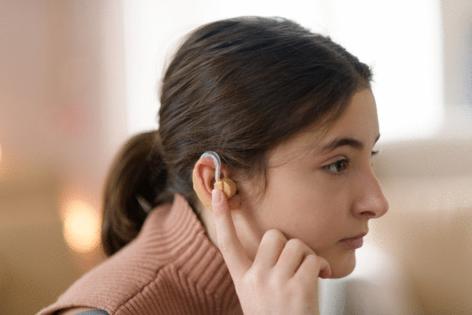

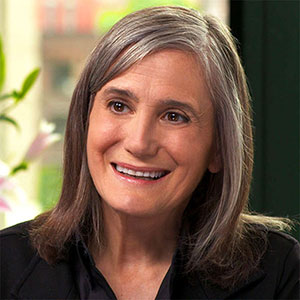
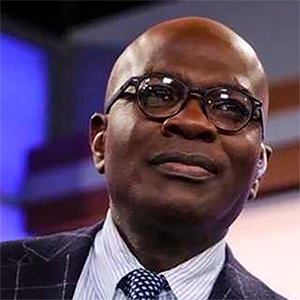
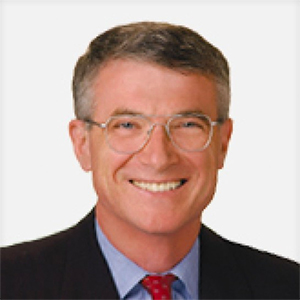
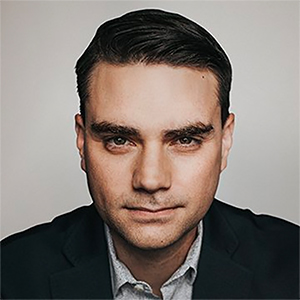

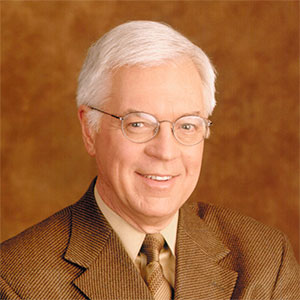
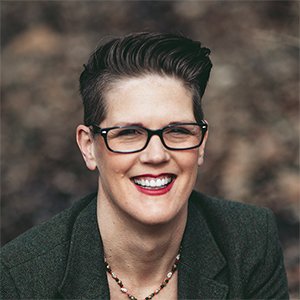
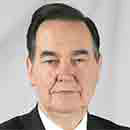
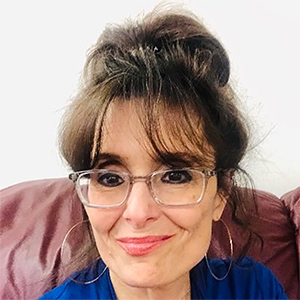
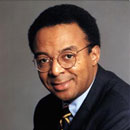
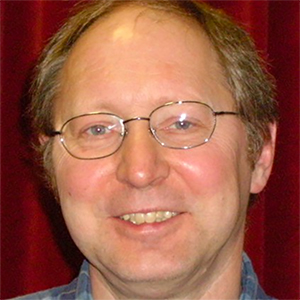
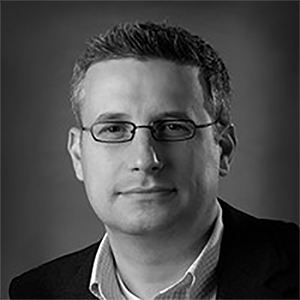

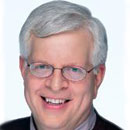
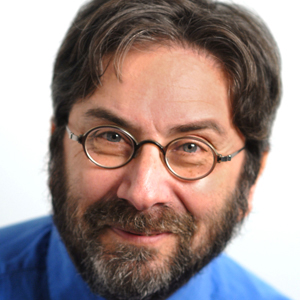
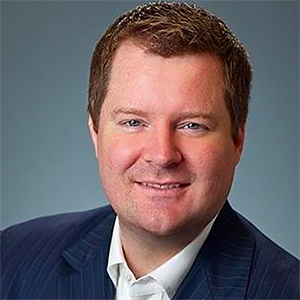
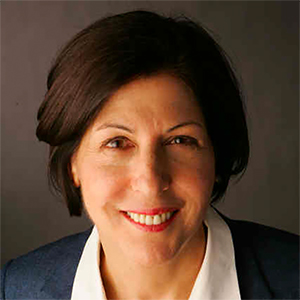
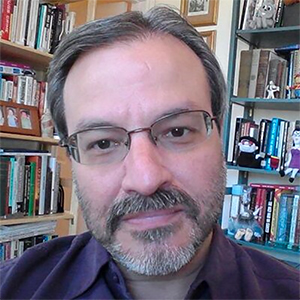
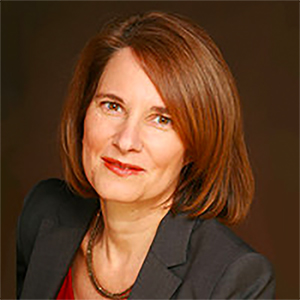
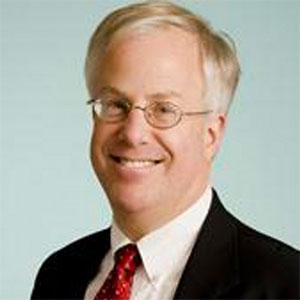
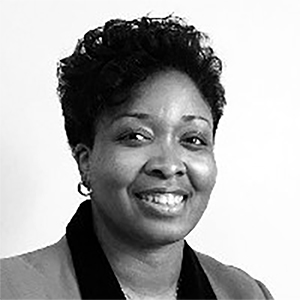
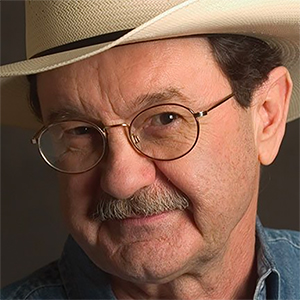
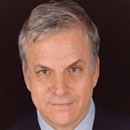
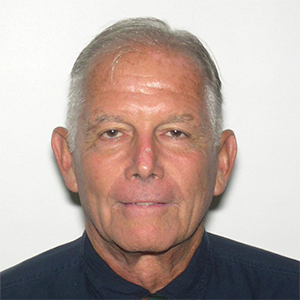
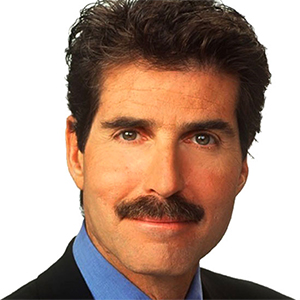
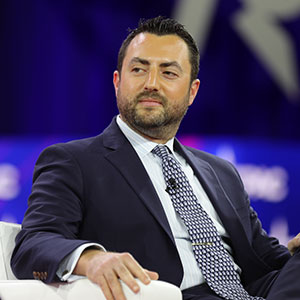
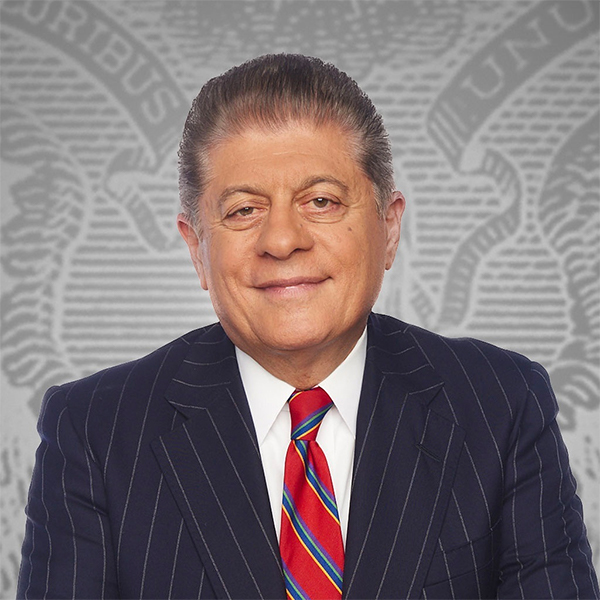

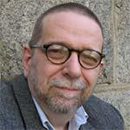
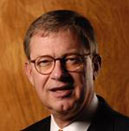


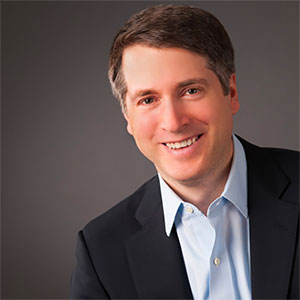
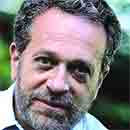
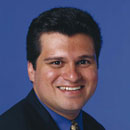
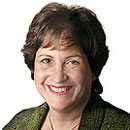

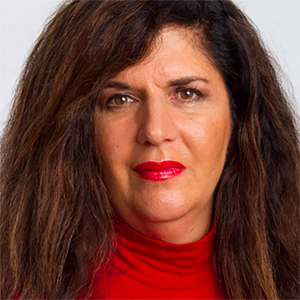
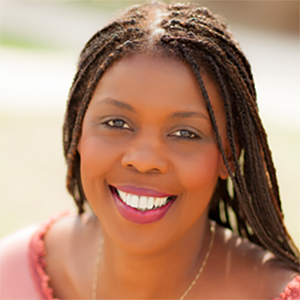
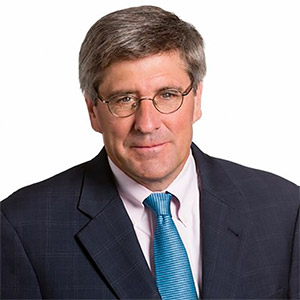
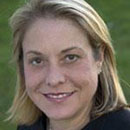
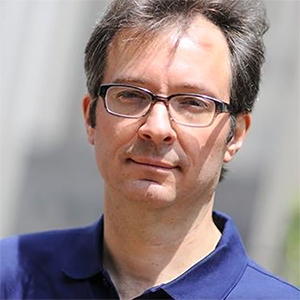
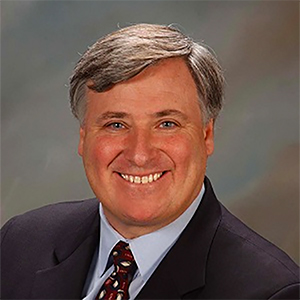
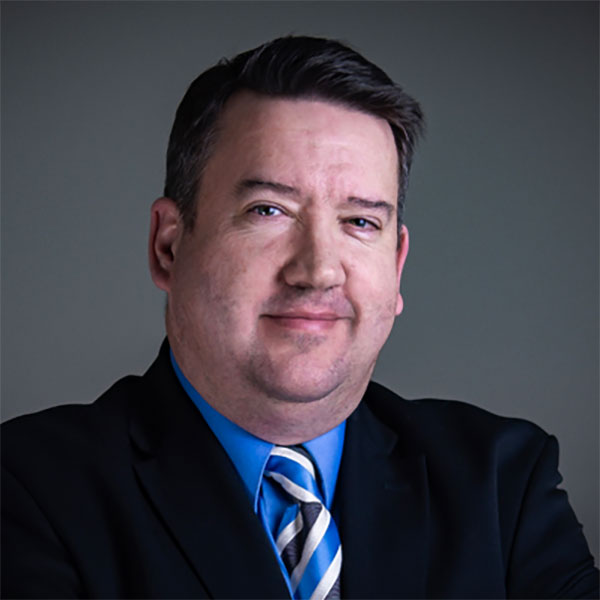
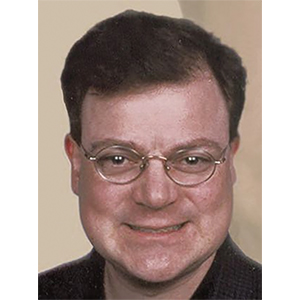
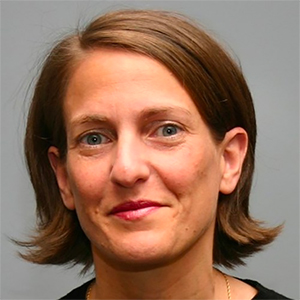
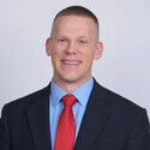
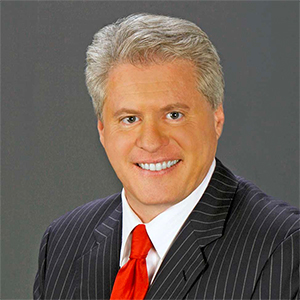






Comments